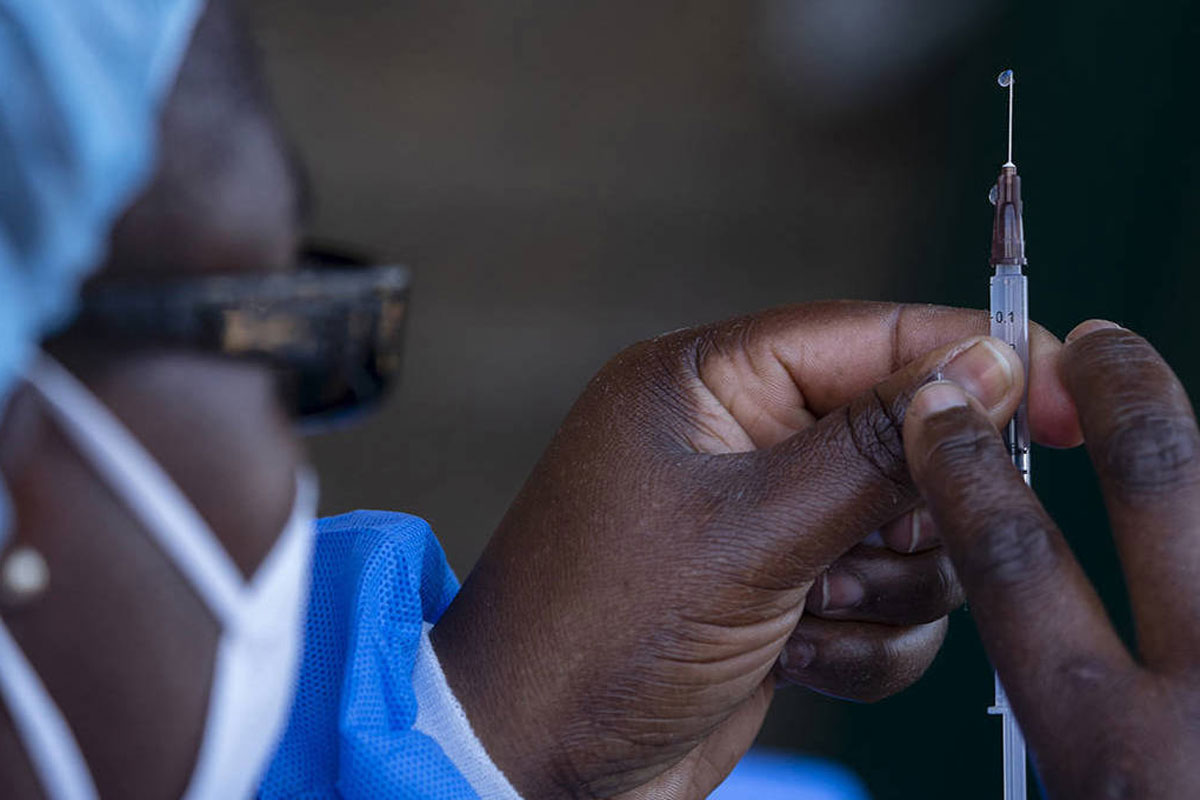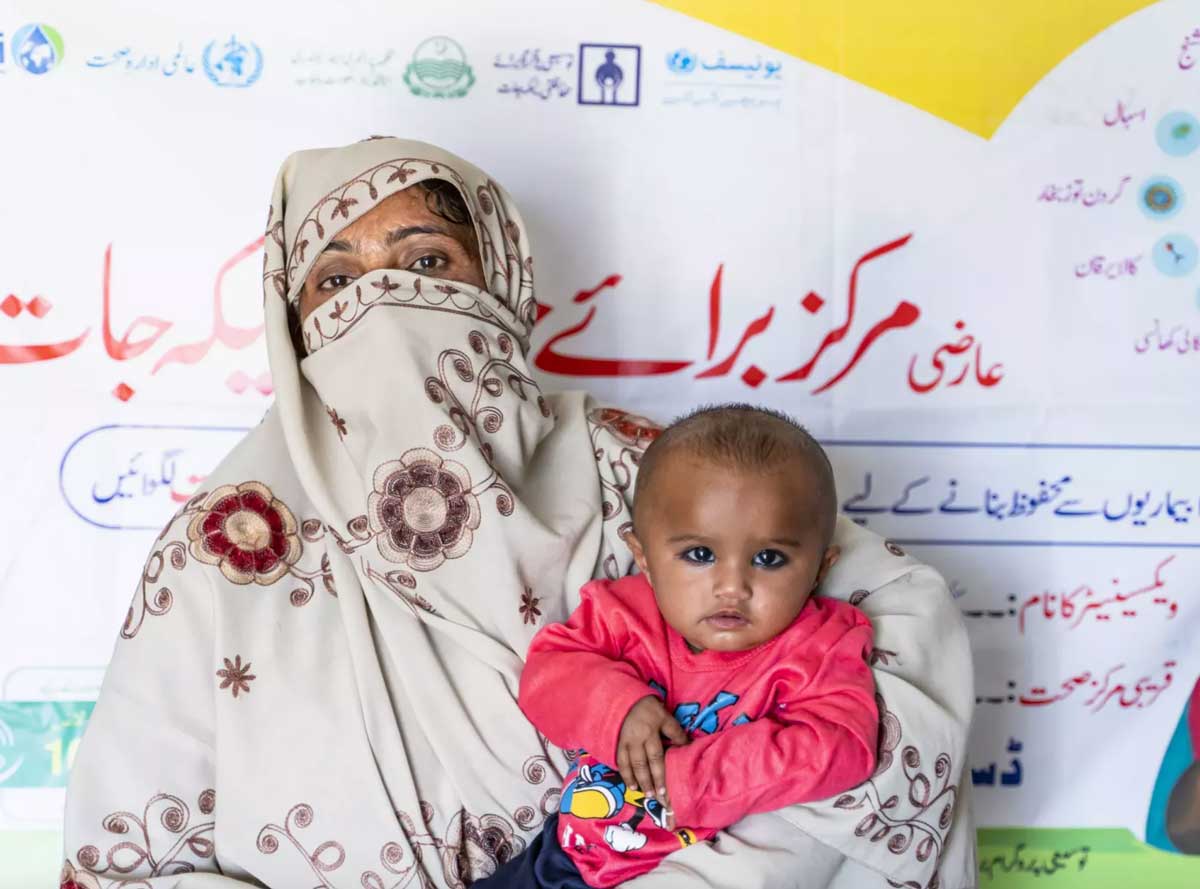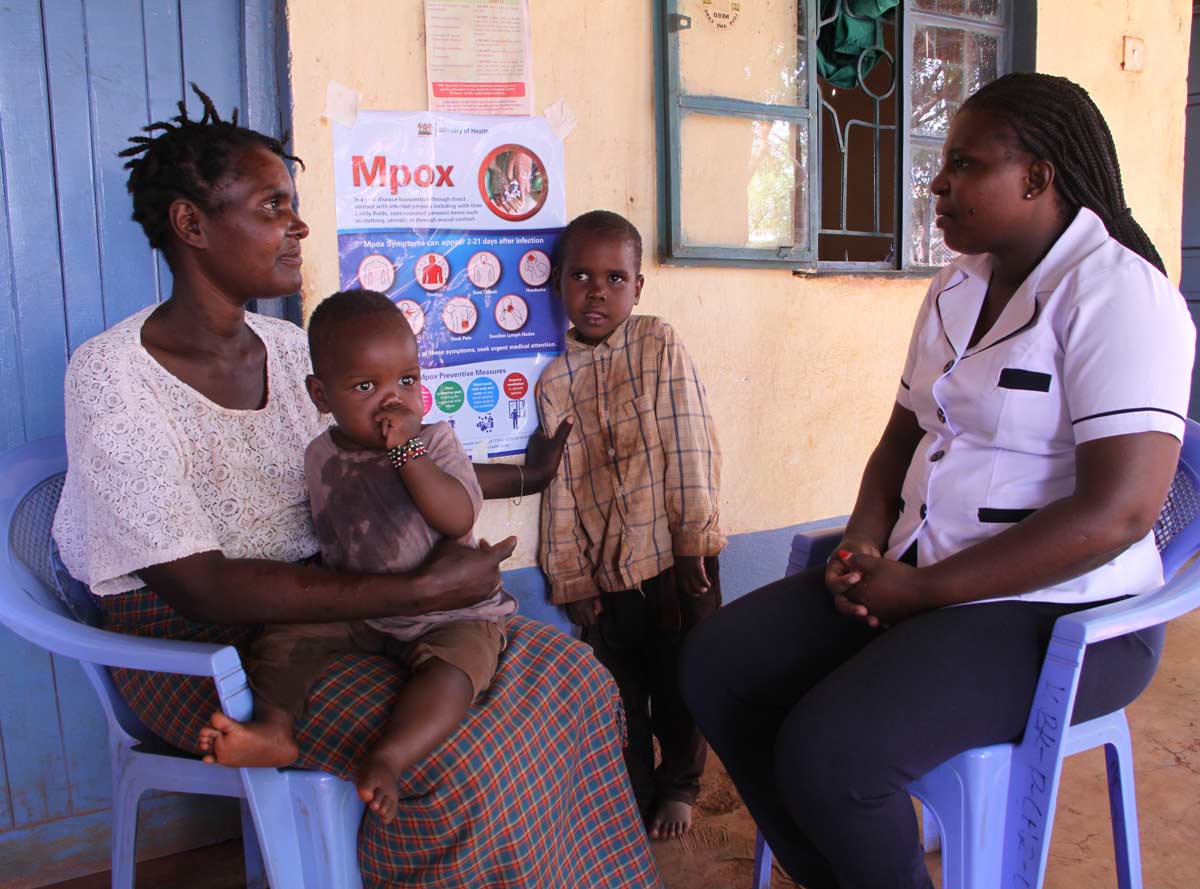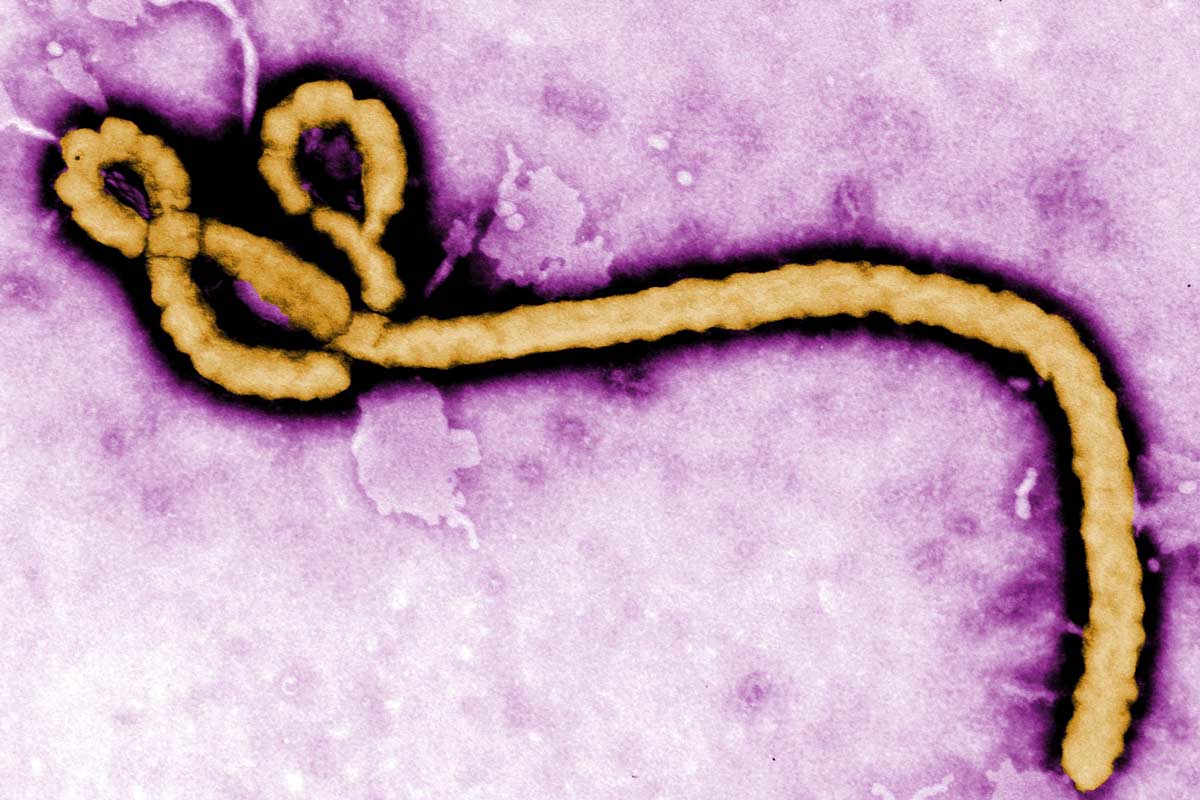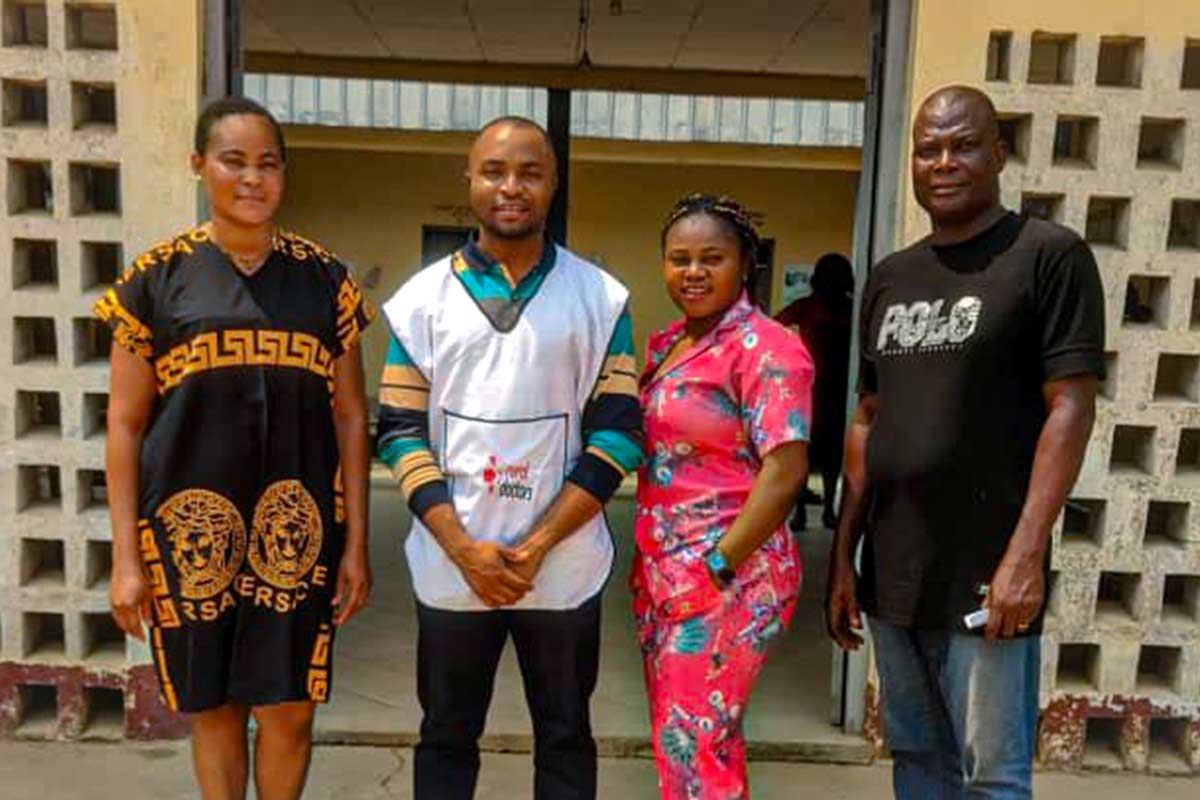A Path Out of the Pandemic
Although the mRNA vaccines have done an excellent job of reducing COVID-19 hospitalizations and deaths, questions remain regarding waning immunity, and public uptake has decreased with each new booster. With the pandemic still far from over, a new strategy is needed.
- 29 March 2023
- 4 min read
- by Project Syndicate

We have made extraordinary progress in our fight against the COVID-19 pandemic since the dark days of 2020. Yet, in many ways, we are back to square one. Public-health precautions are virtually nonexistent in most parts of the world, and the current vaccines and drugs can neither prevent nor even effectively treat infections in broad swaths of the population.
Make no mistake: COVID-19 still poses a clear and present danger. Research shows that two or more COVID-19 re-infections doubles the risk for death, blood clots, and lung damage, among other negative health outcomes. The risk of cardiovascular events has been found to increase by 4.5% for up to 12 months after an infection, regardless of age, race, sex, obesity, smoking, or other factors.
Nearly one in five Americans are reporting ongoing Long COVID symptoms, and recent research estimates that as many as four million people with the condition are unable to work. The long-term social and economic impact of continual re-infections cannot be underestimated.
Although the mRNA vaccines have done an excellent job of reducing hospitalizations and deaths, questions remain regarding waning immunity, and public uptake has decreased with each new booster. A mere 18% of Americans over the age of 18 have received the bivalent booster.
Moreover, no authorized monoclonal antibody treatments are currently available, and the preventative drug Evusheld has been rendered ineffective. More than 17,000 immunocompromised Americans and other high-risk people thus have been left vulnerable to severe disease and high mortality rates. While Paxlovid has proven to be a powerful tool against death and hospitalization, it can have potentially negative interactions with many common medications, such as statins and blood thinners.
Have you read?
Paxlovid also must be taken within the first few days of an infection to be most effective. Owing to this limitation, as well as concerns about viral rebound and confusion about eligibility, uptake has been low, even among high-risk populations. In 2022, fewer than one-third of Americans over 80 who contracted COVID-19 ended up taking Paxlovid. This is very worrying, considering that those over 80 make up a significant proportion of COVID-related deaths.
But all hope is not lost, because we have a successful blueprint to follow. HIV was once a death sentence, but patients nowadays can live almost unaffected by the virus, and the impact on life expectancy is relatively minimal. We owe this progress not to a successful vaccine but rather to a wide range of prophylactic and therapeutic antiviral drugs. More than 30 drugs are currently approved for the prevention and treatment of HIV, some of which provide durable protection for up to six months with a single injection.
We can use the hard-won lessons from the fight against HIV to combat SARS-CoV-2 drug resistance, thereby creating an insurance policy against future mutated variants. To that end, we must vastly expand our search for highly active, safe, long-lasting antiviral drugs, while also deepening our understanding of the cellular, molecular, and biochemical features of SARS-CoV-2.
Unlike previous waves of the pandemic, which were driven by a single ominous variant, current and future waves will be driven by multiple subvariants of Omicron. Each new subvariant accumulates mutations in similar parts of the receptor binding domain (a critical spot in the spike protein where virus-blocking antibodies dock), enhancing the virus's immune-dodging capabilities. We therefore need to focus on new groups of antibodies that can circumvent future Omicron variants by binding at alternative sites that rarely mutate. Not only could these antibodies neutralize all SARS-CoV-2 variants; they also would help us fight related coronaviruses such as MERS and SARS-CoV-1.
We should be taking advantage of advances in artificial-intelligence antibody modeling to reduce the time spent during the antibody identification process. Why sort through millions of B-cell receptor sequences manually when a software program can greatly expedite that work? While there is some research and development underway on broadly neutralizing antibodies, these typically have a lower affinity for SARS-CoV-2. Fortunately, in a recent study using an AI pipeline, researchers demonstrated a nearly 20-fold increased affinity to an existing drug. Similar successes could be replicated to develop treatments for COVID-19.
The pandemic isn't over, and millions of people remain at risk. Only by accelerating and consistently funding research into these alternative drug-development avenues will we find our way out of the COVID-19 crisis once and for all.
Written by
William A. Haseltine, a scientist, biotech entrepreneur, and infectious disease expert, is Chair and President of the global health think tank ACCESS Health International.
Website
This article was originally published by Project Syndicate on 16 March 2023
Copyright: Project Syndicate, 2023. www.project-syndicate.org


